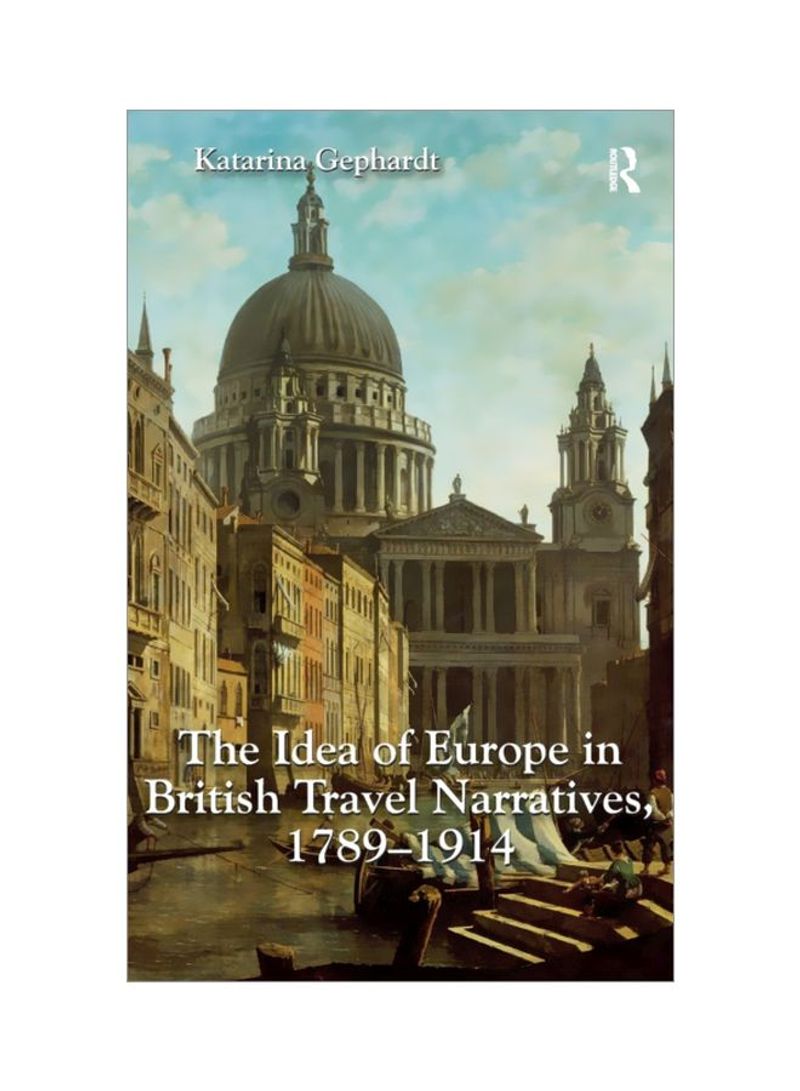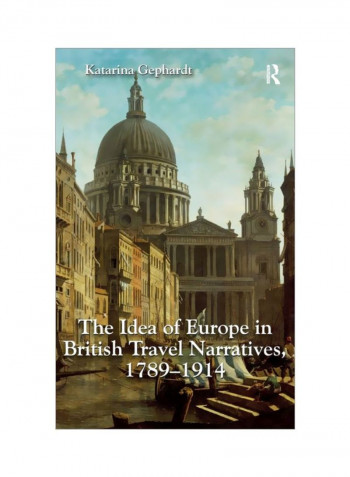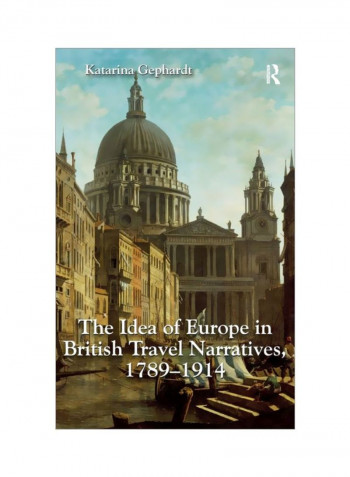The Idea Of Europe In British Travel Narratives, 1789-1914 Hardcover
Recommend
Sort by
Rating
Date
Specifications
Grade
New
What's In The Box
Books
Author 1
Katarina Gephardt
Book Description
The nineteenth century was the heyday of travel, with britons continually reassessing their own culture in relation to not only the colonized but also other europeans, especially the ones that they encountered on the southern and eastern peripheries of the continent. Offering illustrative case studies, katarina gephardt shows how specific rhetorical strategies used in contemporary travel writing produced popular fictional representations of continental europe in the works of ann radcliffe, lord byron, charles dickens, and bram stoker. She examines a wide range of autobiographical and fictional travel narratives to demonstrate that the imaginative geographies underpinning british ideas of europe emerged from the spaces between fact and fiction. Adding texture to her study are her analyses of the visual dimensions of cross-cultural representation and of the role of evolving technologies in defining a shared set of rhetorical strategies. Gephardt argues that british writers envisioned their country simultaneously as distinct from the continent and as a part of europe, anticipating the contradictory british discourse around european integration that involves both fear that the european super-state will violate british sovereignty and a desire to play a more central role in the european union.
ISBN-13
9781472429544
Language
English
Publisher
Taylor & Francis Ltd
Publication Date
28 Aug 2014
Number of Pages
248
About the Author
Katarina gephardt is associate professor of english at kennesaw state university. She has published on nineteenth-century british literature, travel writing, and pedagogy, and her other research interests include postcolonial studies and central european literature.
Editorial Review
Gephardt's range of consideration is impressive: she moves smoothly from fiction to newspaper accounts to published travel diaries and journals to analysis of etchings that underscore her discussion of shifting images and the development of photography at the century's end. That range is what makes the book so fascinating; it serves as eminently readable literary analysis but is contextualized so broadly as to develop its considerations into and upon many other fields.' European romantic review



